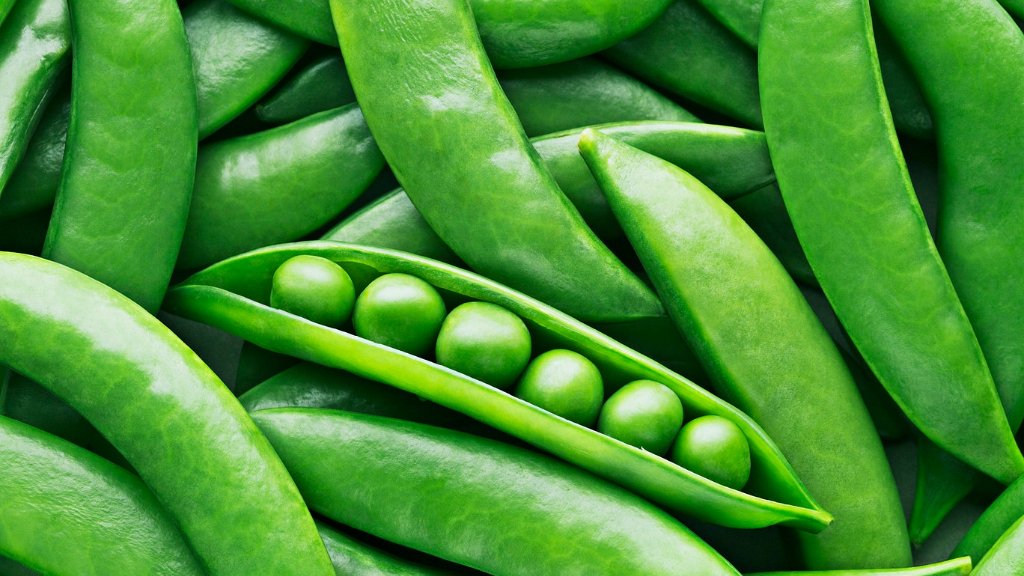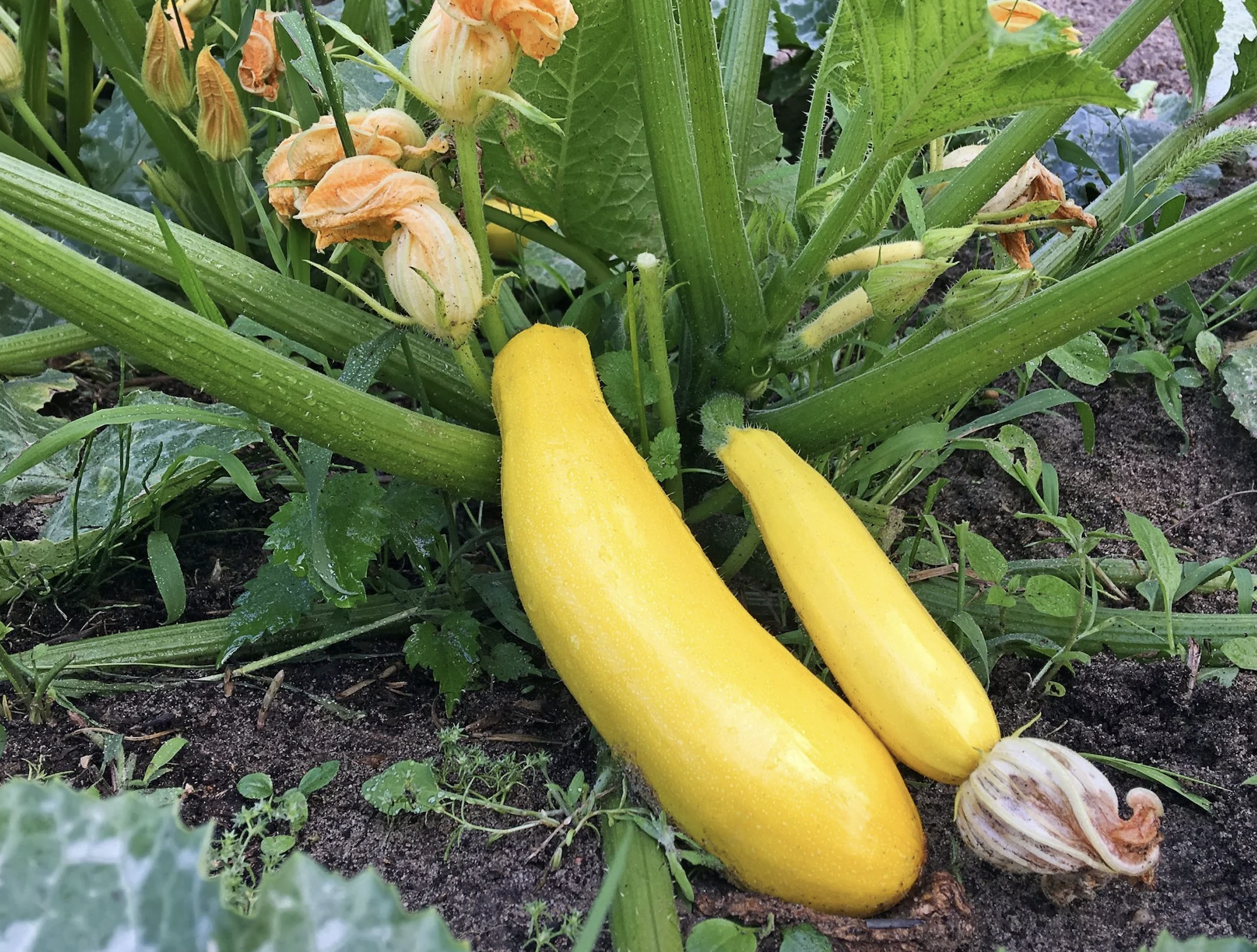the best foods to grow in a garden - A Beginner’s Guide to Vegetable Gardening in toronto
Start your Toronto vegetable garden by dreaming about what you want your garden to look like. Do you want to use open spaces in your garden beds? Do you want to plan for defined areas in an unused grassy area? Do you want a classic kitchen garden aesthetic?
Vegetable gardening is a rewarding, practical, and enjoyable activity that many Toronto homeowners are embracing. Growing your own food not offers fresh, nutritious produce, savings from purchasing produce at the grocery store, and the environmental benefits of not adding pesticides to food which enters the soil and water supply. PLUS…gardening is healthy for you! It gets you outside to enjoy fresh air, offers a break and relaxation from the hustle and bustle of the day, gives your body a chance to move and be active and gives you exposure to sunlight for better vitamin d production, an essential nutrient for your health.
As an experienced Toronto landscape designer, I've crafted this comprehensive guide to help beginners successfully grow food in their gardens.









Step 1: Choosing the Right Location
Your garden’s location greatly impacts its productivity. Most vegetables need at least 6 hours of direct sunlight daily, so select a sunny spot in your yard. Avoid areas with excessive shade or where water tends to collect after rain.
Step 2: Planning Your Garden Layout
Planning your garden before planting can save significant effort and increase your garden’s yield. Consider these factors:
Accessibility: Arrange your garden to allow easy access to all plants without stepping on the soil. Opt for taller, raised beds to improve access, especially with aging.
Spacing: Ensure proper spacing between plants based on mature plant size to reduce competition and disease.
Companion planting: Place compatible plants together to maximize growth, reduce pests, and improve yield. For example, planting carrots near onions naturally deters pests. Including flowers like catmint, marigolds, and lavender also deters pests.
Pollinators: For many fruits and vegetables, pollination is essential. Cucumber, squash, pumpkins, eggplant, apples, pears, and strawberries, to name a few require pollination from insects like bees and butterflies. Incorporate plants into surrounding garden beds that attract insects like Coneflowers, Phlox, Yarrow, Hummingbird Mint, and Lupine are just a few of dozens of options.
Succession planting: At different times through the growing season, weather conditions will benefit different plants.
Step 3: Soil Preparation for a Successful Garden
Healthy soil is the foundation of a productive vegetable garden. Toronto’s soil often requires amendments like compost or aged manure to improve structure, fertility, and drainage. According to Toronto Master Gardeners (2021), regularly adding organic matter significantly boosts plant health and yield, while reducing the need for chemical fertilizers.
Perform a simple soil test to determine your soil’s pH and nutrient levels. Most vegetables prefer a slightly acidic to neutral soil pH of 6.0-7.0.
Step 4: Choosing Vegetables to Grow in Toronto
Select vegetables suited to Toronto’s climate. Here are ideal choices:
Cool-season vegetables (early spring/fall): peas, spinach, kale, radishes, carrots, lettuce, broccoli, cauliflower.
Warm-season vegetables (late spring/summer): tomatoes, peppers, cucumbers, zucchini, beans, corn.
The Ontario Ministry of Agriculture, Food and Rural Affairs (OMAFRA, 2022) provides detailed planting schedules ensuring optimal harvests.










Step 5: Starting Your Vegetable Garden from Seeds or Plants
You can start vegetables from seeds or nursery plants. Seeds are cost-effective, offering a wider variety of vegetables, but require earlier indoor planting. Tomatoes and peppers, for example, are best started indoors 6-8 weeks before the last frost. OMAFRA (2022) notes that starting plants indoors significantly extends the Toronto growing season, improving yields.
Nursery plants, while slightly more expensive, offer convenience and reduce the early-season workload, ideal for beginners.
Step 6: Planting Techniques for Optimal Growth
Proper planting techniques greatly affect vegetable success:
Direct sowing: Suitable for carrots, peas, radishes, and beans. Sow seeds at the recommended depth and spacing listed on seed packets.
Transplanting: Necessary for vegetables like tomatoes, peppers, and cucumbers. Harden off seedlings gradually by exposing them to outdoor conditions over a week before planting in the garden.
Step 7: Watering Your Vegetable Garden
Consistent watering is crucial. Vegetables generally require about an inch of water weekly. Water deeply and less frequently to encourage deep root growth. Early morning watering is best, reducing evaporation and plant diseases.
Step 8: Mulching for Garden Success
Mulching conserves moisture, suppresses weeds, and maintains soil temperatures. Organic mulches like straw, wood chips, or grass clippings improve soil health over time. According to Landscape Ontario (2021), mulching reduces water use by up to 25%, significantly benefiting your garden and budget.
Step 9: Managing Garden Pests Naturally
Pests can impact your vegetable garden significantly. Use natural methods to manage pests:
Encourage beneficial insects: Ladybugs, lacewings, and praying mantises naturally control pests like aphids.
Apply organic solutions: Neem oil, insecticidal soaps, and diatomaceous earth control pests effectively with minimal environmental impact.
Step 10: Regular Garden Maintenance
Consistent care ensures abundant harvests:
Weed regularly: Reduces competition for water and nutrients.
Prune and stake plants: Supports healthy growth, reduces disease, and enhances yields.
Monitor plant health: Regular inspections allow early detection and treatment of diseases and pests.
Harvesting Your Vegetables
Harvest vegetables regularly to encourage ongoing production. Harvest leafy vegetables like lettuce and spinach frequently for continued growth. Tomatoes and peppers yield best when harvested at peak ripeness.
Storing Your Harvest
Proper storage extends the freshness and usability of your garden produce. Leafy greens store best refrigerated, while root vegetables like carrots prefer cool, dark storage.
Why Choose Stephanie LeBlanc and Master in the Field LANDSCAPE DESIGN?
With professional expertise in Toronto gardening, my tailored advice combines practicality, sustainability, and local experience. My Metropolitan University Landscape Design certification, CLD certification candidacy and Landscape Ontario membership ensure the highest gardening standards tailored to Toronto’s climate and conditions.
Ready to start growing food in your Toronto garden? Contact Master in the Field today for personalized guidance and landscape design services! Or visit my Inspiration Page for more landscaping ideas perfect for your Toronto landscaping projects.
References:
Benefits of vitamin d (2022) https://www.canada.ca/en/health-canada/services/nutrients/vitamin-d.html
Landscape Ontario. (2021). Mulching Benefits. Retrieved from https://landscapeontario.com/mulching-benefits
Ontario Ministry of Agriculture, Food and Rural Affairs (OMAFRA). (2022). Vegetable Gardening Guide. Retrieved from https://www.omafra.gov.on.ca/vegetable-gardening
Toronto Master Gardeners. (2021). Soil Health Guide. Retrieved from https://www.torontomastergardeners.ca/soil-health

